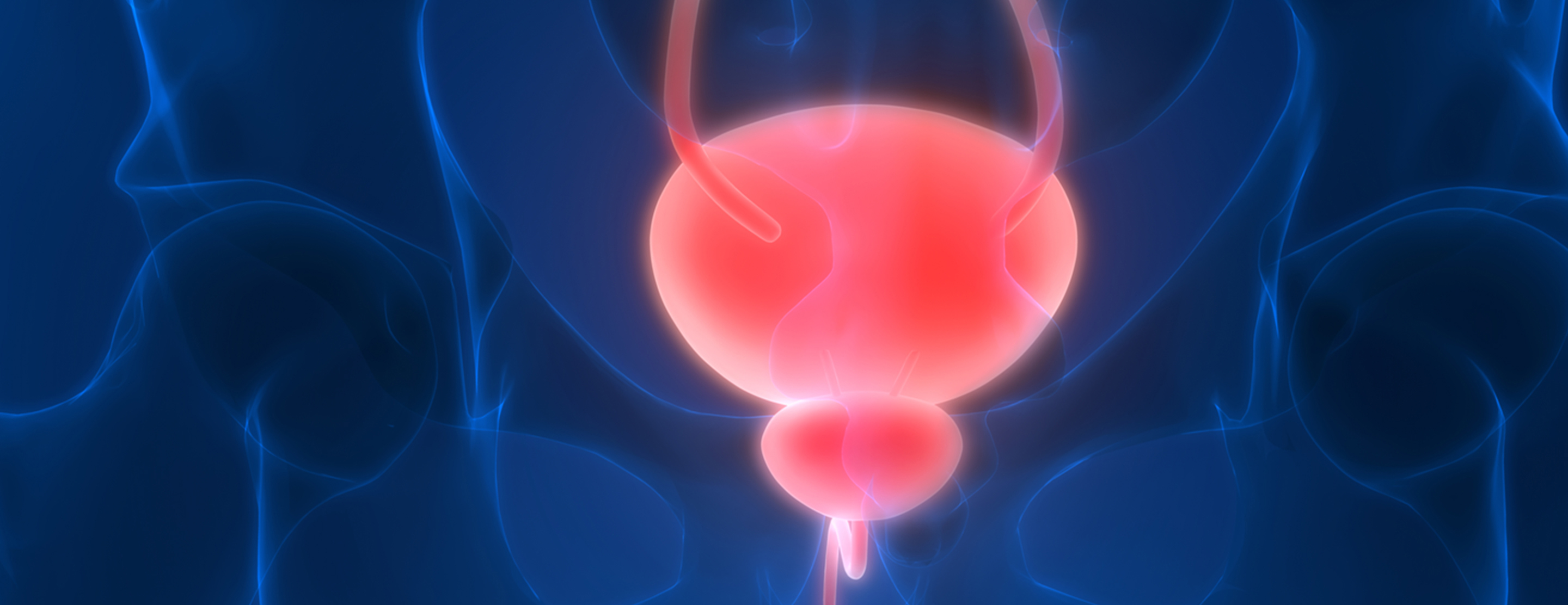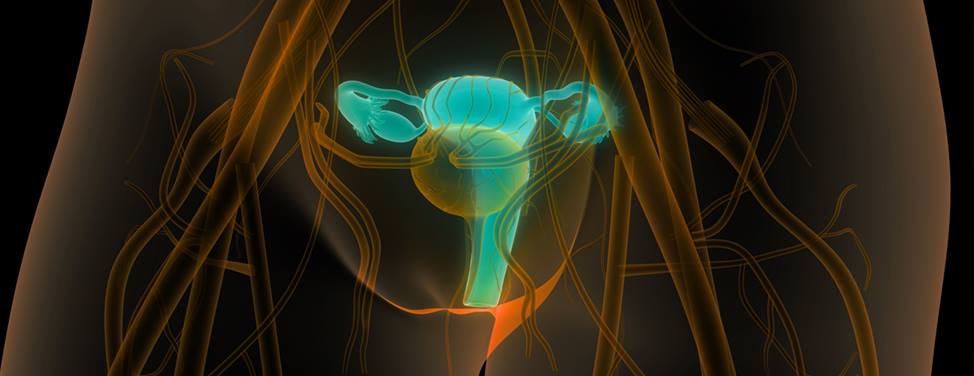
FAQ: Incontinence
- What is incontinence?
- Why am I losing control?
- What are the signs and symptoms of urinary incontinence?
- What causes urinary incontinence?
- How is urinary incontinence diagnosed?
- Why should I care about my bladder control problem?
- How can I get more information?
Urinary incontinence is the involuntary loss of large or small amounts of urine. It is thought to affect 13 million Americans and impacts the physical, emotional and financial well being of people and their families.
It's estimated that fewer than half of those who suffer from incontinence seek help for the problem. It is important to know that there is treatment available for incontinence, and that surgery is not the only option.
The kidneys are constantly producing urine. Thin tubes called ureters carry urine from the kidneys to the bladder, where it is stored. The bladder should stay relaxed while it is filling and the urethra (the tube that expels urine from the bladder) should remain tight. When the decision is made to urinate, the urethra relaxes, the bladder squeezes, and urine flows out.
This is a complex process. The ability to control urination can be disrupted in different ways, resulting in incontinence. Urinary incontinence can occur at any age.
What are the signs and symptoms of urinary incontinence?
The symptoms of urinary incontinence include:
- Urine leakage after a sudden, uncontrollable urge
- Urine leakage after coughing, laughing, or sneezing
- Urine loss without any apparent reason
Urine loss may be a few drops or a large amount.
Waking up frequently at night to urinate, bedwetting or needing to urinate very often during the day also can be signals of a bladder control problem.
What causes urinary incontinence?
There are many possible causes of urinary incontinence. These include:
- Urinary tract infection
- Side effects of medications
- Weakened pelvic floor muscles
- Nerve damage to the bladder
- Severe constipation
- Overactivity of the bladder
- Changes in the body from childbirth or surgery
- Obesity
- Diabetes
Some people lose bladder control because of factors not related to the urinary tract. If one is unable to walk to the bathroom, or if arthritis makes removal of clothing difficult, loss of urine may result.
How is urinary incontinence diagnosed?
The condition is diagnosed mainly on the pattern of symptoms. Keeping a urinary diary (a record of daily urination, urine accidents and fluid intake) can help your health care provider determine patterns and establish the working diagnosis. The provider will also ask questions about your general health, your history of incontinence, past surgeries, illnesses and any medication you're taking. A physical examination, including a pelvic exam, will be done, and a urine sample will be tested.
Sometimes other, more complicated tests may be needed to establish or confirm the diagnosis or to guide treatment.
Why should I care about my bladder control problem?
People often live with incontinence without seeking help. Many cases can be cured or controlled with appropriate treatment. Urinary incontinence is the second leading cause of institutionalizing elderly people. The problem can contribute to decreased socialization, decreased quality of life and depression. Getting up at night to urinate also increases the risk of falling and fracturing a hip.
How can I get more information?
The National Association for Continence can send you information or referrals to clinics or providers in your area who specialize in treating incontinence. Call 1(800)BLADDER. Or, contact the Center for Urogynecology and Women's Pelvic Health at (415) 885-7788 for an appointment.
UCSF Health medical specialists have reviewed this information. It is for educational purposes only and is not intended to replace the advice of your doctor or other health care provider. We encourage you to discuss any questions or concerns you may have with your provider.










